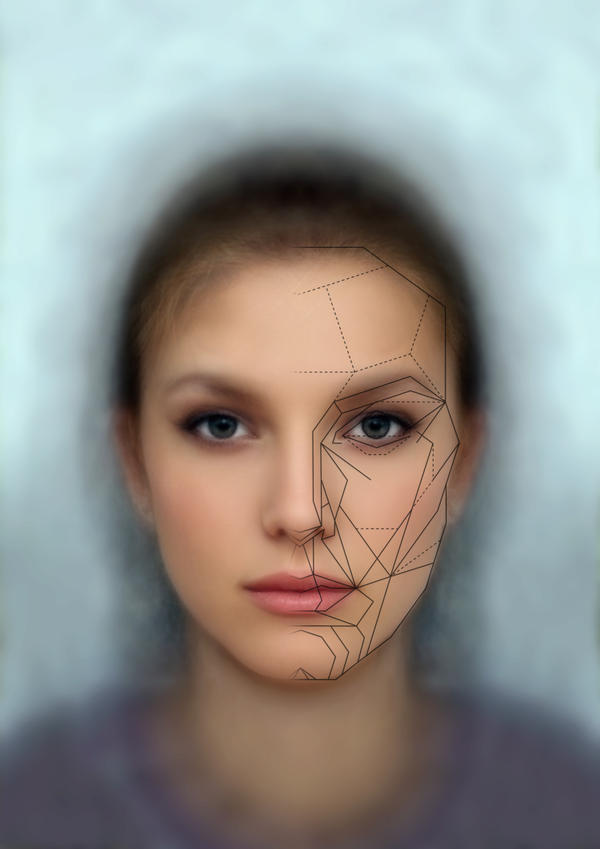Welcome to our exploration of the fascinating topic of Scottish and Irish facial features and the Celtic distinctions that set them apart. Whether you have a personal interest in your own heritage, are curious about the cultural differences between these two nations, or simply enjoy learning about human diversity, you’ve come to the right place. In this article, we will delve into the unique characteristics that define the facial features of the Scottish and Irish peoples, exploring their shared Celtic ancestry while also identifying the subtle variations that make each group distinct.
The Celtic Roots: A Common Ancestry
Before we dive into the specific facial features, it is important to understand the historical and genetic background that connects the Scottish and Irish peoples. Both Scotland and Ireland are part of the larger Celtic world, a group of distinct ethnic and cultural communities that emerged across Western Europe thousands of years ago. The Celts were known for their migrations, with various waves settling in different regions, including Scotland and Ireland.
The Scottish Facial Features: A Tapestry of Diversity
The Scottish people, renowned for their fierce pride and rich heritage, boast a range of unique facial features that reflect the diverse influences of their ancestry. With a blend of Celtic, Norse, and Anglo-Saxon roots, Scottish facial traits exhibit a beautiful combination of different gene pools. Perhaps one of the most striking features among many Scots is their fair skin, often accompanied by freckles—a testament to their Celtic ancestry.
The Irish Facial Features: A Reflection of Ancient Lineages
Ireland, often referred to as the “Emerald Isle,” is home to a rich tapestry of facial features that reflect the extensive genetic influences it has experienced throughout history. The Irish people’s distinctive facial traits can be attributed to the fusion of Celtic, Viking, and Norman lineages. One of the most notable features among the Irish is their captivating eyes, which come in a plethora of shades, ranging from bright blue to deep green, captivating all who gaze upon them.
The Celtic Distinctions: Comparing Scottish and Irish Facial Features
While the Scottish and Irish peoples share a common Celtic heritage, there are subtle distinctions that set their facial features apart. These distinctions, though sometimes challenging to discern, provide valuable insights into the diverse genetic tapestry that forms the foundation of these unique cultural identities.
Facial Structures: A Window to Celtic Heritage
When comparing Scottish and Irish facial structures, several distinguishing characteristics emerge. Scots tend to have broader, more angular faces, often accompanied by strong jawlines—a reflection of their varied genetic heritage. In contrast, the Irish predominantly display softer facial features, with rounder faces and gentle contours, adding to their overall charm and allure.
Complexion and Skin Tone: A Kaleidoscope of Hues
Both the Scottish and Irish possess fair skin tones, but there are subtle variations in complexion. Scottish individuals often have a paler complexion compared to their Irish counterparts, which can be attributed to the lingering influence of Norse and Anglo-Saxon genes. On the other hand, the Irish exhibit a slightly warmer tint to their skin, reflecting their unique genetic makeup.
Eye Color: Mirrors of the Soul
An intriguing aspect of comparing Scottish and Irish facial features lies in their eye colors. Scots tend to have a higher percentage of individuals with lighter eye colors, such as blue and gray, often reminiscent of the vast open skies of the Scottish Highlands. Meanwhile, the Irish showcase a wider spectrum of eye colors, with a notable prevalence of enchanting shades of green and blue.
Hair: From Fiery Reds to Earthy Tones
When it comes to hair color, both the Scottish and Irish exhibit a range of hues that mirror the natural landscapes of their homelands. While fiery red hair is often associated with Scotland, it is important to note that this trait is not exclusive to the Scottish population but can also be found among the Irish. Additionally, shades of brown, blonde, and black are prevalent among both groups, reflecting the diverse genetic influences that have shaped their distinctive appearances.
The Beauty of Diversity: Embracing Celtic Facial Features
It is essential to appreciate and celebrate the diverse facial features exhibited by the Scottish and Irish peoples, as they reflect not only the intricate tapestry of their genetic heritage but also the resilience and vitality of their respective cultures. Just as the natural landscapes of Scotland and Ireland vary in breathtaking beauty, so too do the faces of their people, each an individual masterpiece of human diversity.
Shared Ancestry, Unique Identities
While the Scottish and Irish both share a Celtic ancestry, it is important to recognize that each group has developed its own unique cultural and physical characteristics over time. By acknowledging and appreciating these distinctions, we honor the individuality and experiences of each nation, fostering a deeper understanding and respect for the rich tapestry of human diversity.
Embracing the Celtic Within
Whether you have Scottish or Irish heritage, or simply a passion for the beauty of Celtic facial features, take pride in your connection to this ancient lineage. Embrace the stories etched upon your face and recognize the profound role they play in shaping who you are.
Forever Linked: The Celtic Family
Scottish and Irish facial features may differ in subtle ways, but they are forever linked through a shared Celtic heritage. Just as the vibrant threads of a tapestry come together to form a magnificent whole, the diverse facial features of the Scottish and Irish weave a story that transcends borders and unifies a wider Celtic family.
So, whether you find yourself captivated by the piercing blue eyes of a Scot or charmed by the warm smile of an Irishman, know that these facial features are not merely physical attributes but reflections of an ancient heritage that continues to shape and inspire us today.





